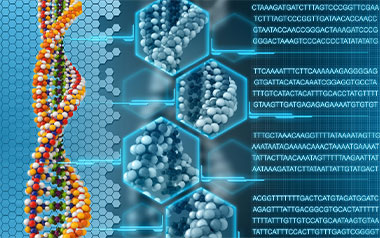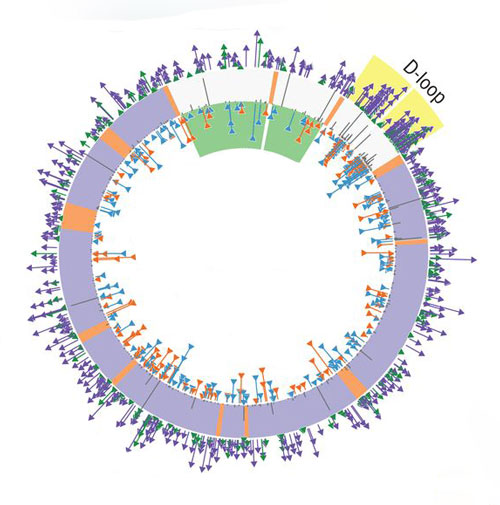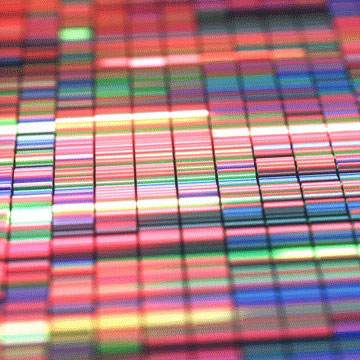sequences ready for your analysis
SEQUENCING SERVICES
In the area of sequencing services, Gentech offers several options to meet individual customer requirements, delivering sequences for a wide range of organisms. Its services include first-generation or Sanger sequencing for short fragment sequencing and next-generation sequencing (NGS) technologies for work requiring greater depth and coverage.

Our commitment
We offer a range of service options to meet individual customer requirements, delivering sequencing for a wide range of organisms, we have the expertise to assist with virtually any type of sequencing project. There are different types of sequencing services.
Our options
Our portfolio offers first-generation or Sanger sequencing alternatives for short fragment sequencing and next-generation sequencing (NGS) technologies for work requiring greater depth and coverage.


SANGER-type sequencing
Highest sequencing accuracy available to you with our company. Our Sanger sequencing service allows you to obtain reliable and robust nucleic acid sequences from different strands of different lengths with unparalleled quality and price.
- Sanger sequencing is available for a wide variety of applications:
- Sequencing or Re-sequencing of genes or genomic regions
- Single-read sequencing (uni- or bi-directional)
- Sequencing of purified PCR products or cloned DNA fragments (Plasmid)
- Microbial identification:
- Bacteria (16S rDNA)
- Fungi (18S or ITS rDNA)
- Yeast (18S or ITS rDNA)

Next Generation Sequencing
Next-generation sequencing (NGS) technologies have dramatically reduced sequencing costs and have led to novel approaches in many fields of biology. Gentech Biosciences, offers a wide range of next-generation sequencing services using state-of-the-art platforms and genomic library preparation solutions.
Consultation and delivery of optimized solutions that meet the specific needs of a particular project are the basis of our NGS service offering. We have developed significant expertise in sequencing bacterial and fungal genomes, as well as transcriptomes for different organisms (eukaryotes and prokaryotes) and metagenomes from various habitats.
More information about our NGS services
More information about our NGS services
How can we help you?
- Assessing the quality and integrity of DNA/RNA nucleic acids as a quality control (QC) test prior to sequencing.
- Defining the type of sequencing service and experimental design according to the research question.
- Advising on data management and bio-informatics analysis according to the study proposed.
Contact the area in charge
Our customer service is ready to answer any questions about our services.
- rdi@gentechbio.com
- (574) 4443885
- +57 (317) 6572715




